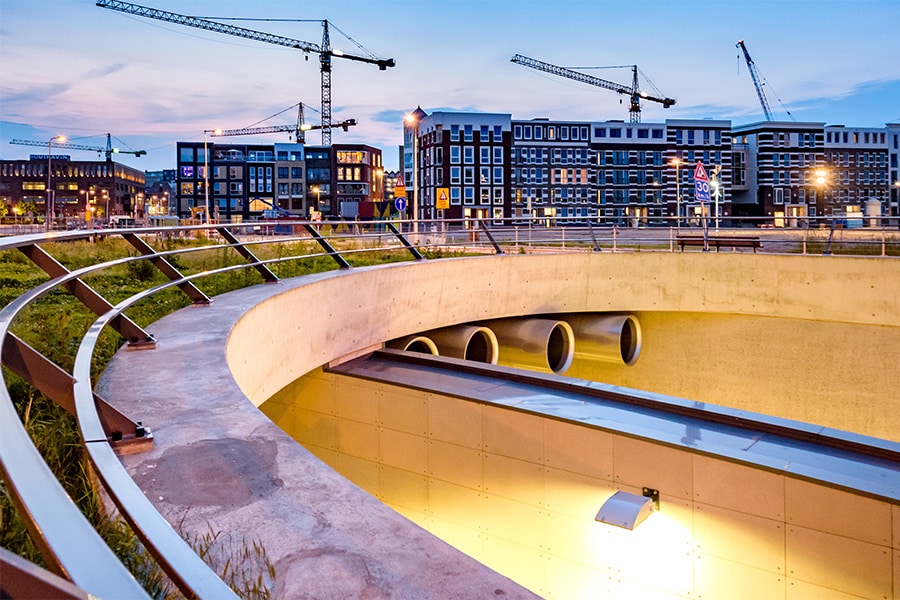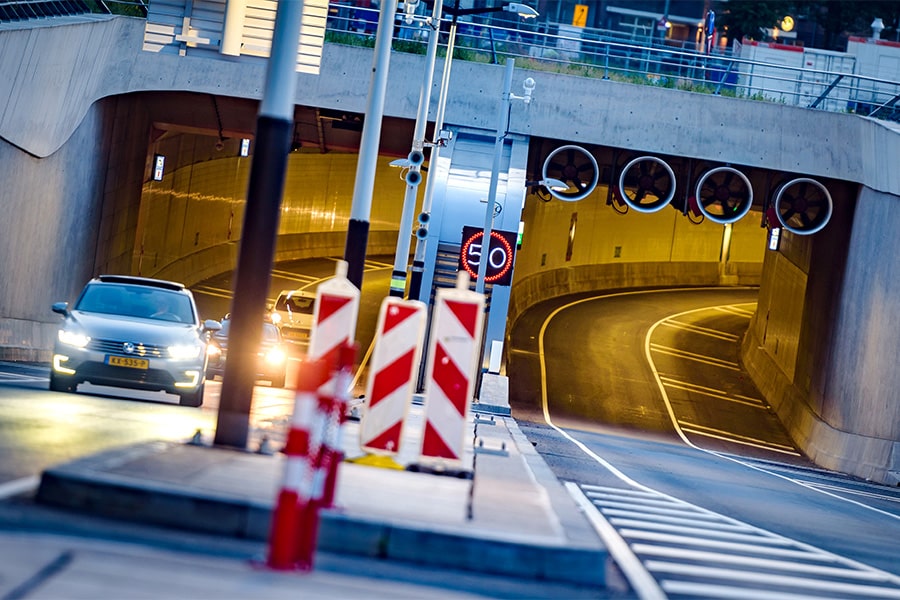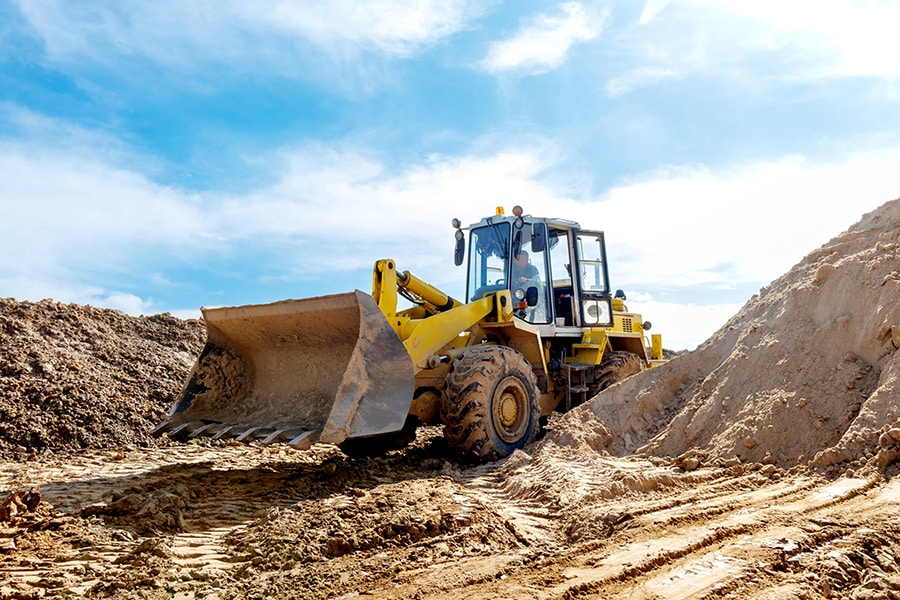
The challenge of machine safety in infrastructure
The Machinery Directive sets health and safety requirements for the design and construction of machinery placed on the European market. This therefore includes works of art with moving parts in infrastructure. The owner has a duty to provide a work of art that is safe to use and maintain, and this is increasingly monitored by the government (Ministry of Social Affairs and Employment). Within its focus area of safety, INNOCY provides services that cover the entire life cycle of structures, including the topic of machine safety.
Machinery Regulation
The transition period between the Machinery Directive and Regulation ends on Jan. 14, 2027, after which all European member states must conform to the Machinery Regulation. "The Machinery Directive is outdated," says Ashutosh Joerawan, Safety Advisor at INNOCY. "With the Machinery Regulation, it becomes more mandatory, clearer and more forward-looking which means aspects such as digitization, AI, cybersecurity and IoT are also covered. The 'gray areas' for applying or not applying the regulation will be eliminated. We now notice in the field quite a few differences in interpretation of requirements from the Machinery Directive. Soon the Machinery Regulation will no longer offer that space."

Focus area safety
Safety is a major focus area for INNOCY, ranging from occupational safety, integral safety and machine safety to tunnel safety, water safety, environmental safety and even rail safety at ProRail. "We monitor the process, both on the client and contractor side," Ashutosh explains. "In infrastructure, machine safety is an especially challenging specialty because multiple disciplines and suppliers work together to deliver 'the machine.' In both new construction and renovation of a structure, it is an interplay of mechanical engineering, civil engineering, electrical engineering, control engineering, etc. All of these disciplines also interpret the topic of machine safety in their own way. That all has to be recorded and put into one file. And that also applies to a renovation job, where you are dealing with outdated installation parts, which may have been performed less safely. In the "new" situation, you will have to clearly define the limits of the machine. A lock chute, for example, is not a machine, only the drive gear and its immediate surroundings. So that means that in such cases you can consider fewer aspects when it comes to machine safety."
3B building blocks
Ashutosh is currently working at Rijkswaterstaat from INNOCY as a technical manager and machine safety specialist. He oversees proper implementation of the 3B building blocks. "Every structure has to be operated, controlled and monitored (3B). With the 3B building blocks, these functions are always fulfilled in a uniform way, so that Rijkswaterstaat has better insight into its assets in the context of safety, reliability availability and maintainability. My job is to participate in the development of the 3B system and to steer a solution that is applicable to the structure in question, in addition, taking into account the wishes of the manager, a piece of customization will always be developed along with it. These solutions are always mirrored to the laws and regulations, the latter especially in the field of machine safety."
Black box
While a 3B building block does not meet the definition of a machine, it is a crucial part of a work of art, Ashutosh emphasizes. "You should actually consider a building block as a machine as well, and deliver it as such. So that a whole file is created with all the proofs, risk assessments, drawings package, manuals, etc. The building block in turn forms a 'black box' for the GWW contractor to which all field components and other subsystems can be linked."
Standardization
Uniformity, according to Ashutosh, is therefore the main reason that Rijkswaterstaat started using the building blocks. "There is a picture of all the components and how everything works. They have a much better view of lifecycle management and therefore management and maintenance costs. With that, they know exactly when to do maintenance on the building block. It is a piece of standardization of the market in which machine safety is going along, and in which by filling the position of machine safety expert we can mean a lot within an organization like the Department of Public Works, but also at provinces and municipalities. From INNOCY, we are so deep in the market on both the client and contractor side that we are happy to take the lead here."




